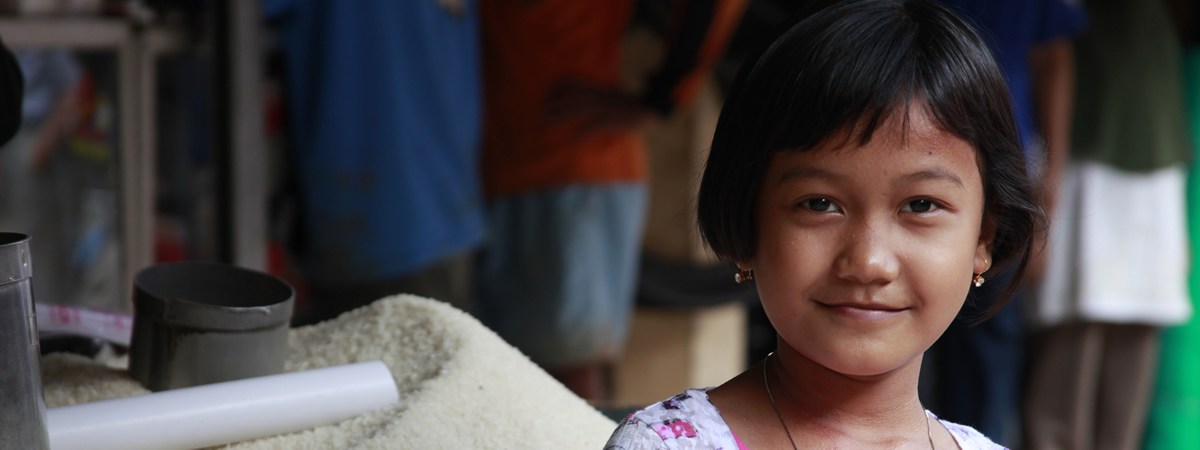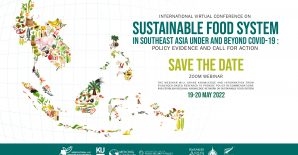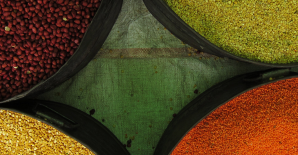News and Analysis
Unified system of business regulation to be created in EEU
(24 News Agency, 12 Dec, 2015)
Unified system of business regulation will be created in EEU, the Eurasian Economic Commission (EEC) reported. According to it, now the alliance countries have different approaches to business regulation. At the same time the existing rules often only increase the burden on business entities and create barriers. This practice leads to lack of clarity or ambiguity of regulatory requirements, established by the legislation and procedures, to the unavailability of information on licensing procedures and on implementing the authorization of the competent authorities. Restrictions and additional burdens and obstacles for entrepreneurs of the Union countries are being created.
Kazakh tenge plunges to historic low
(AkiPress, 14 Dec, 2015)
Kazakh national currency of tenge has reached the new historic low of 322.47 tenge per $1 on Monday morning session of the Kazakhstan Stock Exchange (KASE). Tenge lost another 10.55 against the Friday USD/KZT rate. The rate hit the November 9 historic low when the exchange rate stood at 312.65 tenge per $1.
Tajikistan, China launch currency swap deal
(Asia-Plus, 11 Dec, 2015)
Tajikistan and China have reportedly launched a currency swap deal.China’s news agency Xinhua reports a ceremony marking the start of the currency swap deal between China's yuan and Tajikistan's somoni was held in Urumqi, capital of northwest China's Xinjiang Uyghur Autonomous Region on December 13. The agreement is expected to further boost trade and investment and safeguard regional financial stability, Shohrat Zakir, chairman of the Xinjiang regional government, was quoted by Xinhua as saying at the ceremony.
Kazakhstan improves legal framework for organic agriculture
(FAO Regional Office for Europe and Central Asia , 14 Dec, 2015)
Kazakhstan has a new law on organic agriculture, in line with the country’s recently acquired membership in the World Trade Organization. The law, signed by Kazakhstan President Nursultan Nazarbayev in late November, outlines the institutional and regulatory framework for organic food production. Organic production is a development priority for Kazakhstan – part of its “green economy” initiative emphasizing efficient use of water, land and biological diversity. According to the FAO Statistical Pocketbook 2015, land area in Kazakhstan dedicated to organic production (where “organic” is defined as either certified or in the process of conversion to organic) currently is estimated at zero percent.
Uzbekistan and Japan discuss trade-economic ties
(UzDaily, 11 Dec, 2015)
The Ministry of Foreign Economic Relations, Investments and Trade of Uzbekistan hosted a meeting with Extraordinary and Plenipotentiary Ambassador of Japan to Uzbekistan Fumihiko Kato. During the meeting topical issues of mutually beneficial trade-economic, investment and financial-technical cooperation between countries, including in the context of the implementation of the agreements reached following the visit of Prime Minister of Japan, Abe Shinzo in the Republic of Uzbekistan from 24 to 26 October 2015 were discussed.
Publications
(A World Bank Report, Fall 2015)
Overview: Tajikistan’s economy exceeded expectations during the first six months of 2015 despite a challenging external environment. According to official data, GDP growth slowed only moderately from 6.7 percent in the first half of 2014 to 6.4 percent year on year (y/y) in the first half of 2015, even as remittances from Russia fell, global demand weakened, and prices for the country’s key export commodities such as aluminum and cotton dropped significantly. Domestic factors continued to drive growth, and both the construction and industrial sectors expanded as the economy’s focus shifted from consumption to investment. The state budget surplus reached 1 percent of GDP, and the external public debt to GDP ratio dropped to below 20 percent….
Competitiveness of CIS and EU agrifood chains Quantifying Porter’s diamond
Jo H.M. Wijnands, Siemen van Berkum and David Verhoog. 2015. LEI Wageningen UR. AgriCISTrade Deliverable
Executive Summary: This study evaluates the competitiveness of the agrifood sectors in CIS countries benchmarked against EU countries, using Porters’ diamond framework of determinants of competitiveness to analyse the competitive strength of agrifood sectors. In the quantification of performance indicators, the study focuses on nine agrifood sectors and the CIS countries Russia, Ukraine, Kazakhstan and Belarus, which together account for over 90% of CIS’ total production value of these agrifood sectors. At EU level, major producers of each agrifood sector are selected for benchmarking…
Exploring the potential for agricultural and biomass trade in the Commonwealth of Independent States
J. Balkovic, R. Skalsky, L. Azevedo, P. Havlik. 2015. International Institute for Applied Systems Analysis. AgriCISTrade Deliverable
Abstract: Only little evidence exists on the potentially attainable yields and the drivers of the crop yield gaps in the CIS regions (Schierhorn et al. 2014). We used the Environmental Policy Integrated Climate (EPIC, Williams 1995) crop growth model to simulate the crop yield potentials and quantify the yield gaps in the study area. The model was constructed form the Global EPIC infrastructure available at IIASA (Balkovič et al. 2014) that was updated by inventory data provided from AGRICISTRADE WP1. We used a concept of crop yield potential and gap described by van Ittersum et al. (2013). The (climatic) yield potential (Yp) is the yield simulated for a crop cultivar when water and nutrients are not limiting. Other biotic stresses are not considered. Crop growth is determined only by temperature, solar radiation, atmospheric CO2 concentration and cultivar definition, especially length of the growing season and crop cultivar parameters….




Leave a Reply